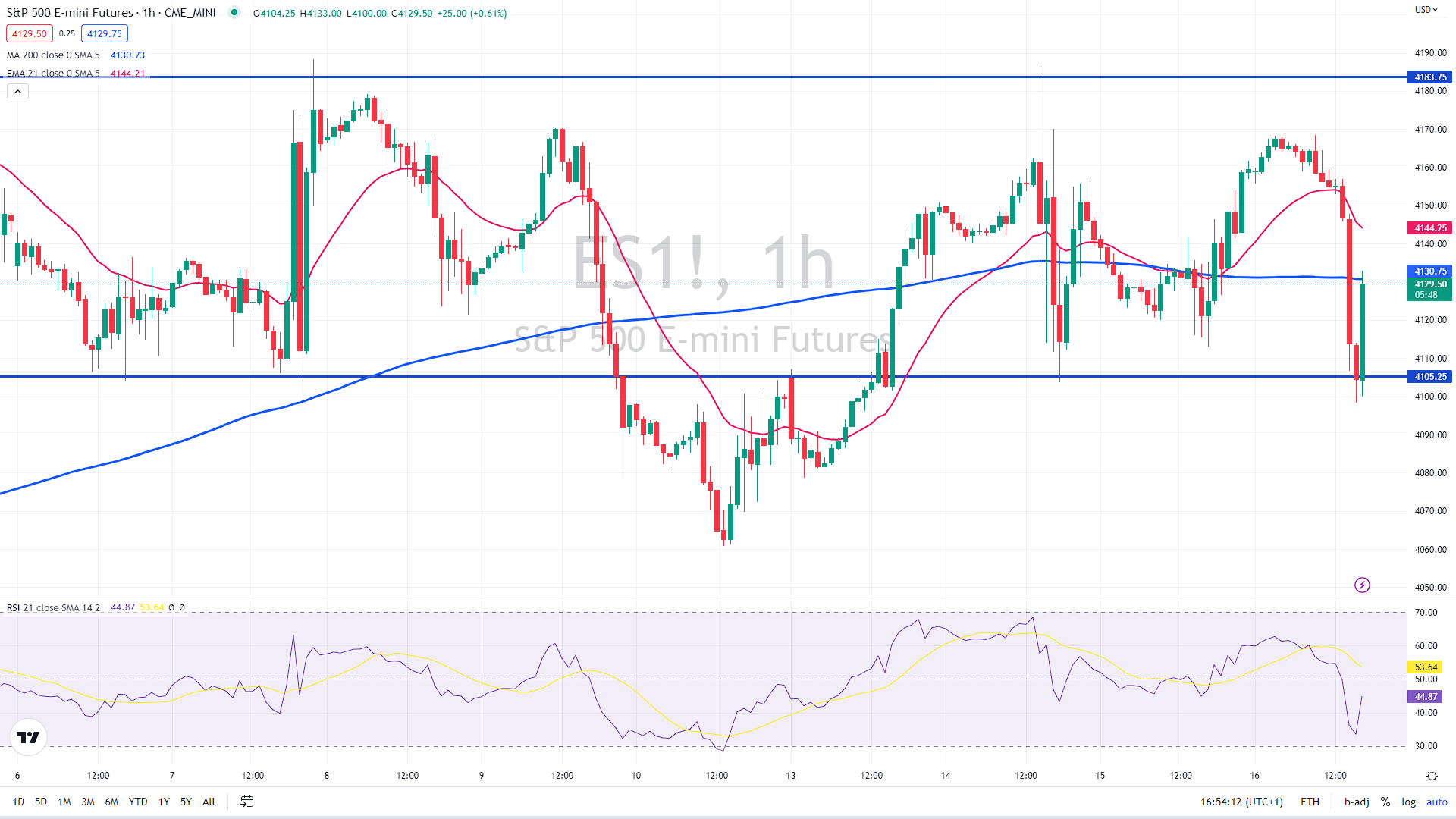Sentiment in the markets was pessimistic during the EU session. However, US traders rushed to buy the dip and sent equities higher.
Terminal rate to 6%?
Loretta Mester, president of the Cleveland Fed, added to today’s risk aversion sentiment by stating that she saw a solid case for another 50 basis point boost earlier this month and that the US central bank must raise interest rates further if inflation continues persistently high.
“At this juncture, the incoming data have not changed my view that we will need to bring the fed funds rate above 5% and hold it there for some time,” Mester said Thursday.
You may also like: US dollar gains over fears of Fed hiking, Wall Street reverses losses
In addition, as reported by Bloomberg, Mester stated that inflation risks remain skewed to the upside due to the ongoing conflict between Russia and Ukraine, which adds to the uncertainty surrounding food and energy costs. She stated that China’s recovery might raise commodity demand.
According to Mester, one of the Fed’s most hawkish officials, these upside risks reinforce the argument for “overshooting” on policy.
More US data released today
- The Philadelphia Fed stated its business outlook plummeted from -8.90 to -24.30, much below the median consensus expectation of -7.5. This is the sixth straight negative reading and the lowest level since May 2020, the depths of the covid crisis. The last time the Philadelphia Fed printed rates this low was in April 2009, following the global financial crisis.
- Monthly PPI inflation increased by 0.7%, which boosted the year-on-year increase to +6.0% (down from +6.5% in December). Since June 2022, this is the most significant monthly increase in the headline PPI inflation but the lowest yearly figure since March 2021. Furthermore, the core PPI increased much more than anticipated by +5.4% YoY (+0.5% MoM versus. +0.3% MoM expected).
- Housing starts fell 4.5% month-over-month (and December was also revised much lower from -1.4% to -3.4%), while construction permits gained just 0.1% month-over-month in January after falling 1.0% in December. This is the longest string of monthly falls since 2009 and the fifth consecutive monthly decline.
- Lastly, the week ending February 11 saw 194,000 first claims for unemployment, according to weekly figures released on Thursday. The previous week’s number was 195,000, while this week’s figure was marginally better than the market’s anticipation of 200,000. In addition, further published information indicated that ongoing claims reached 1,696,000, an increase of 16,000 over the previous week’s corrected figure.
After a retest of the support zone near $4,100, the S&P 500 quickly surged nearly 1%, trying to erase today’s losses, with the next target at today’s highs of $4,170.

S&P 500 futures 1h chart, source: author´s analysis, tradingview.com











Comments
Post has no comment yet.